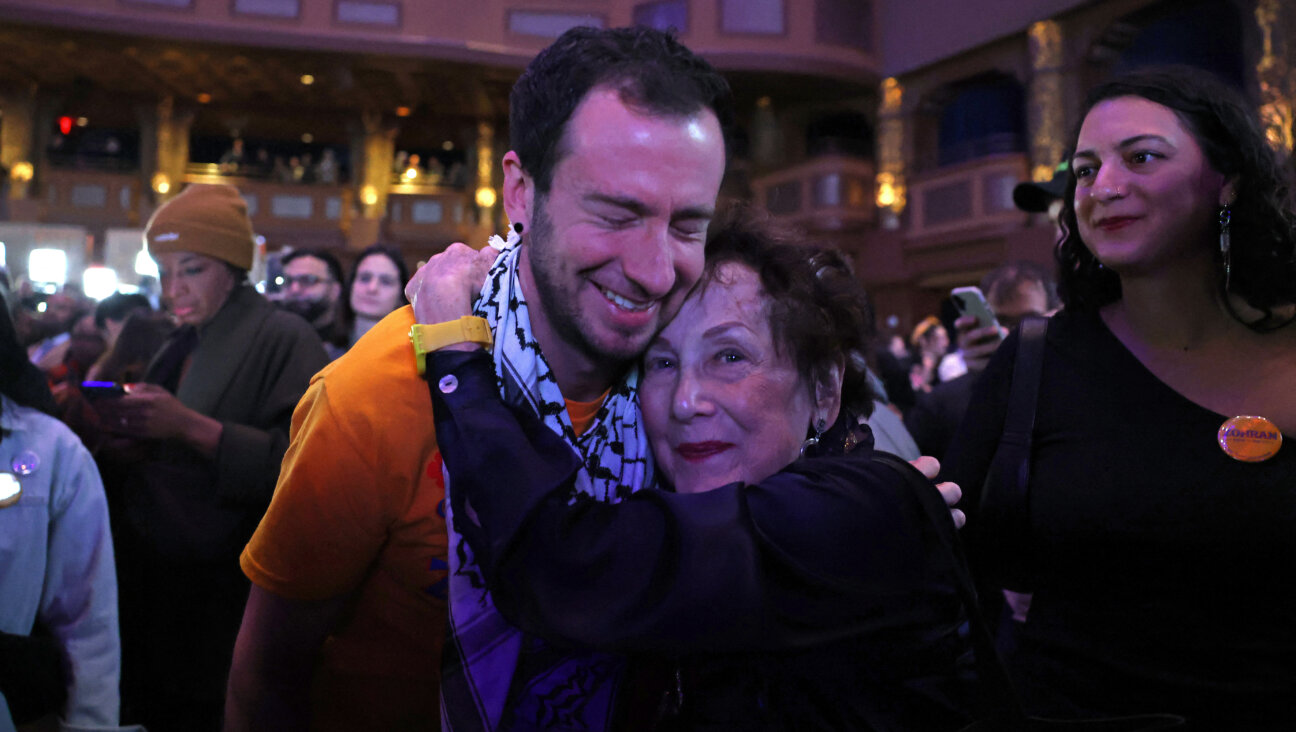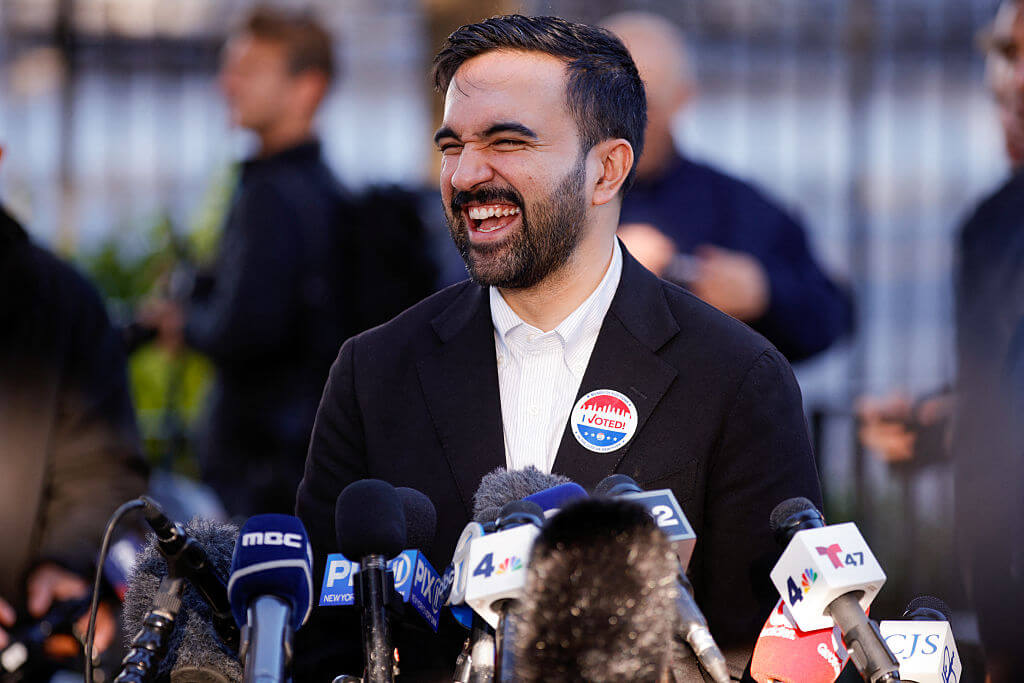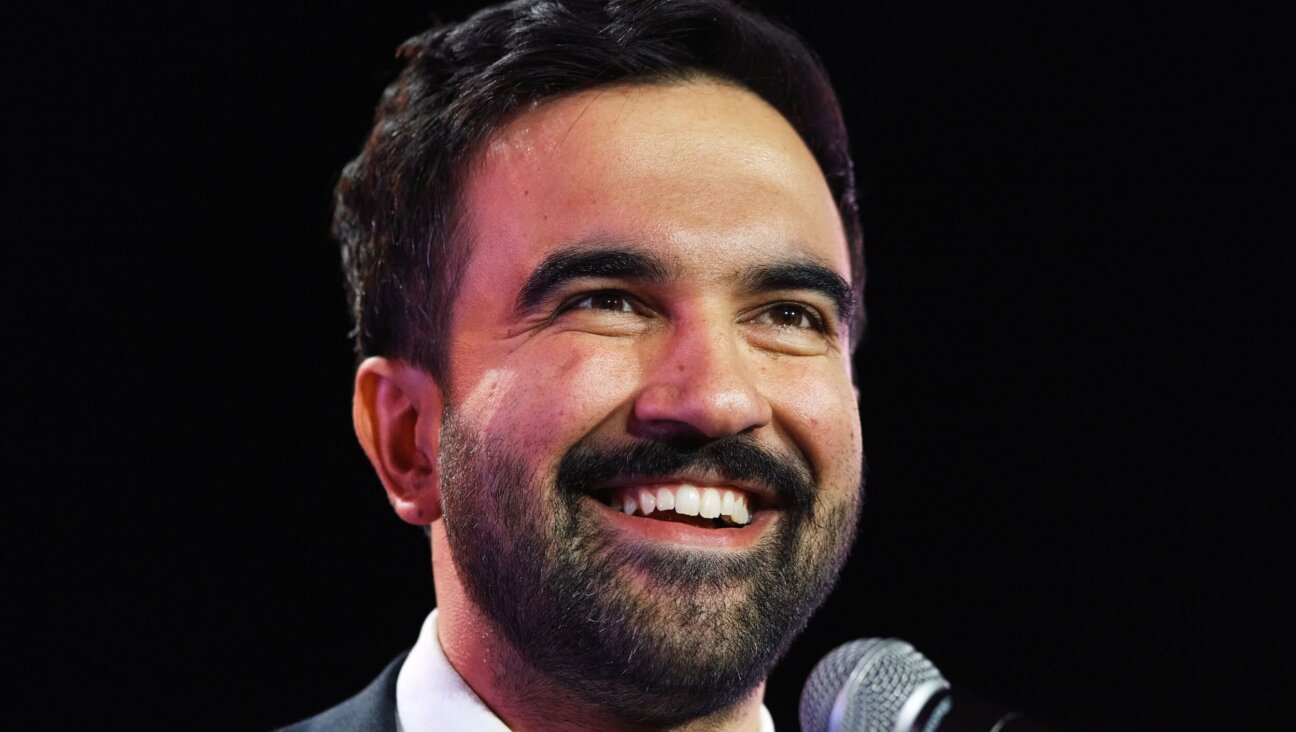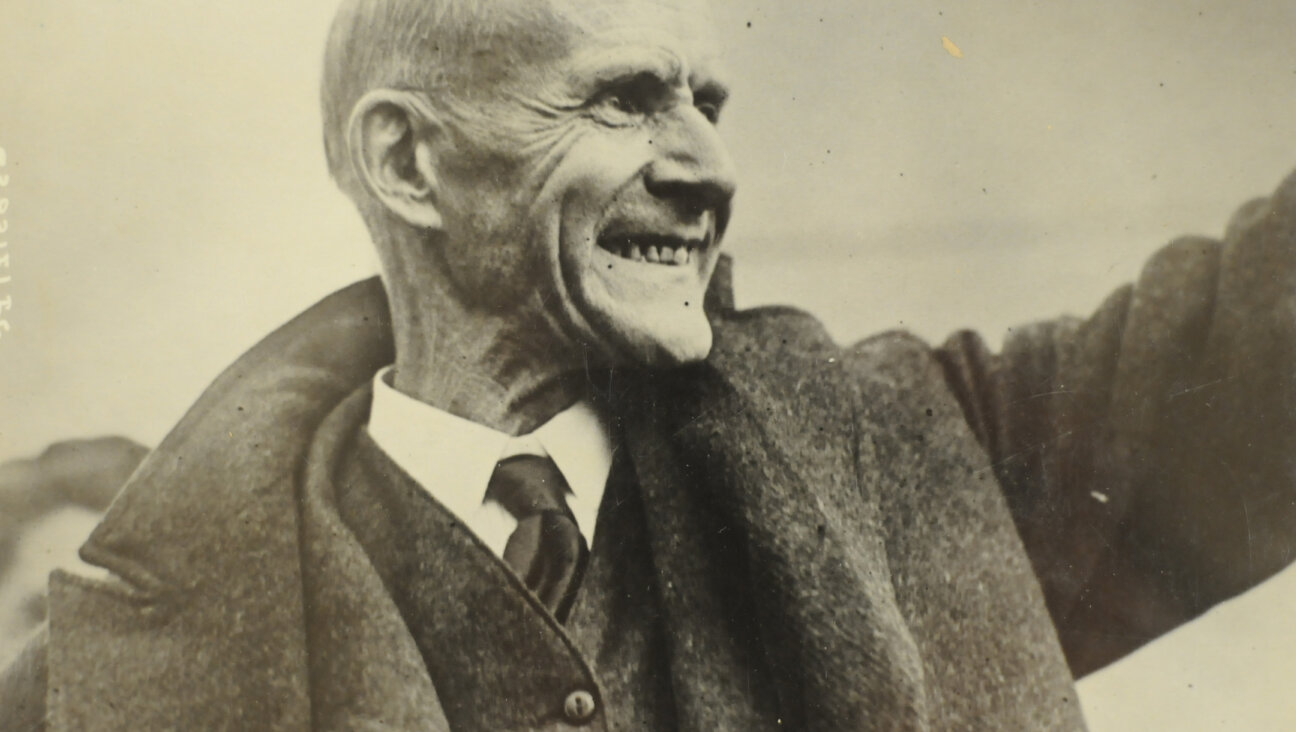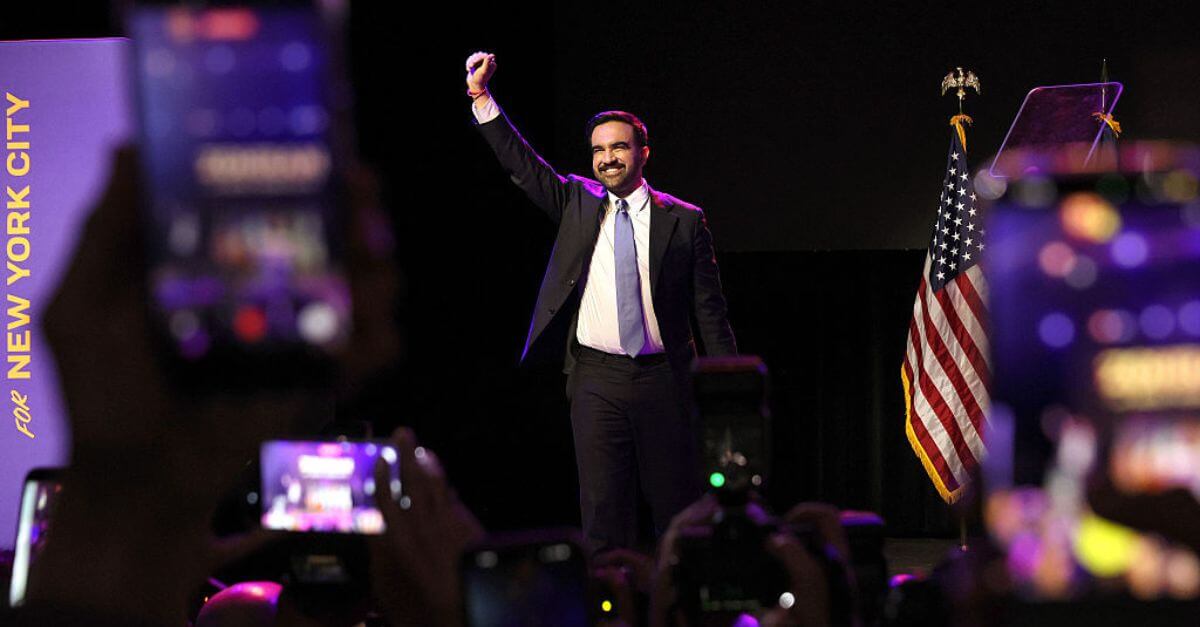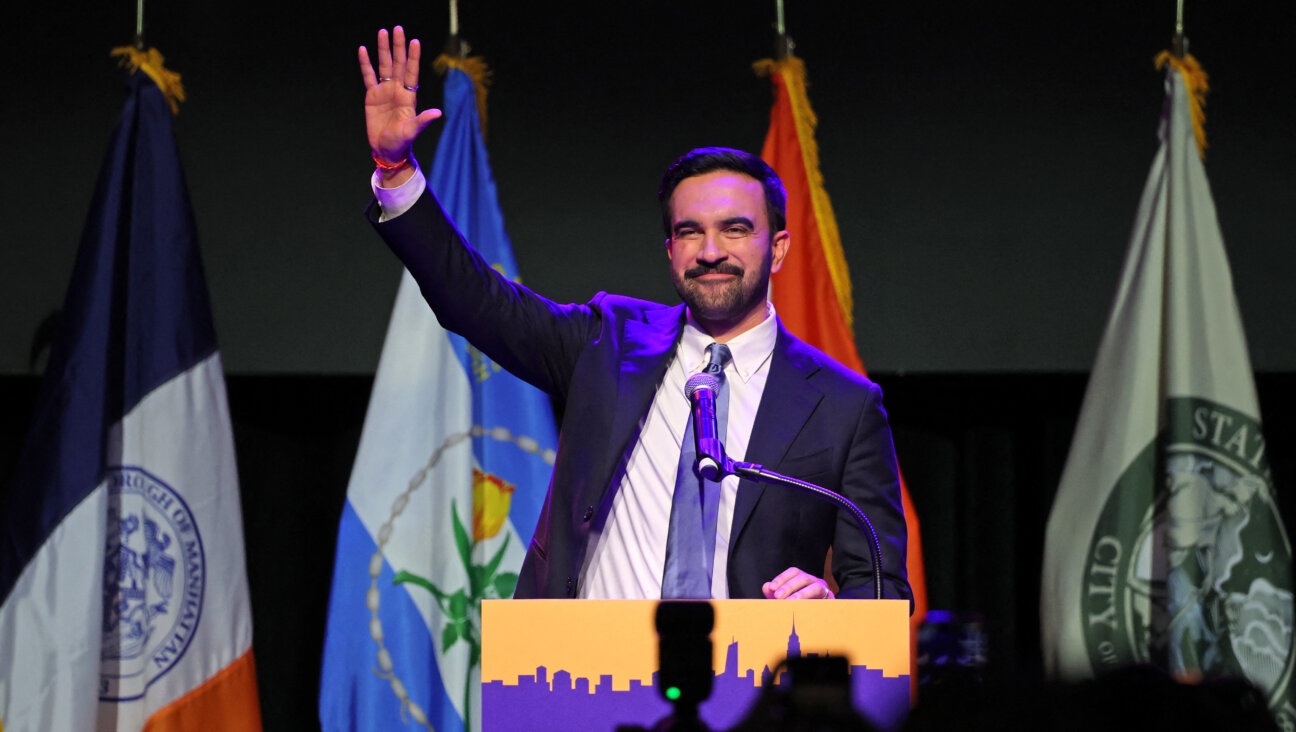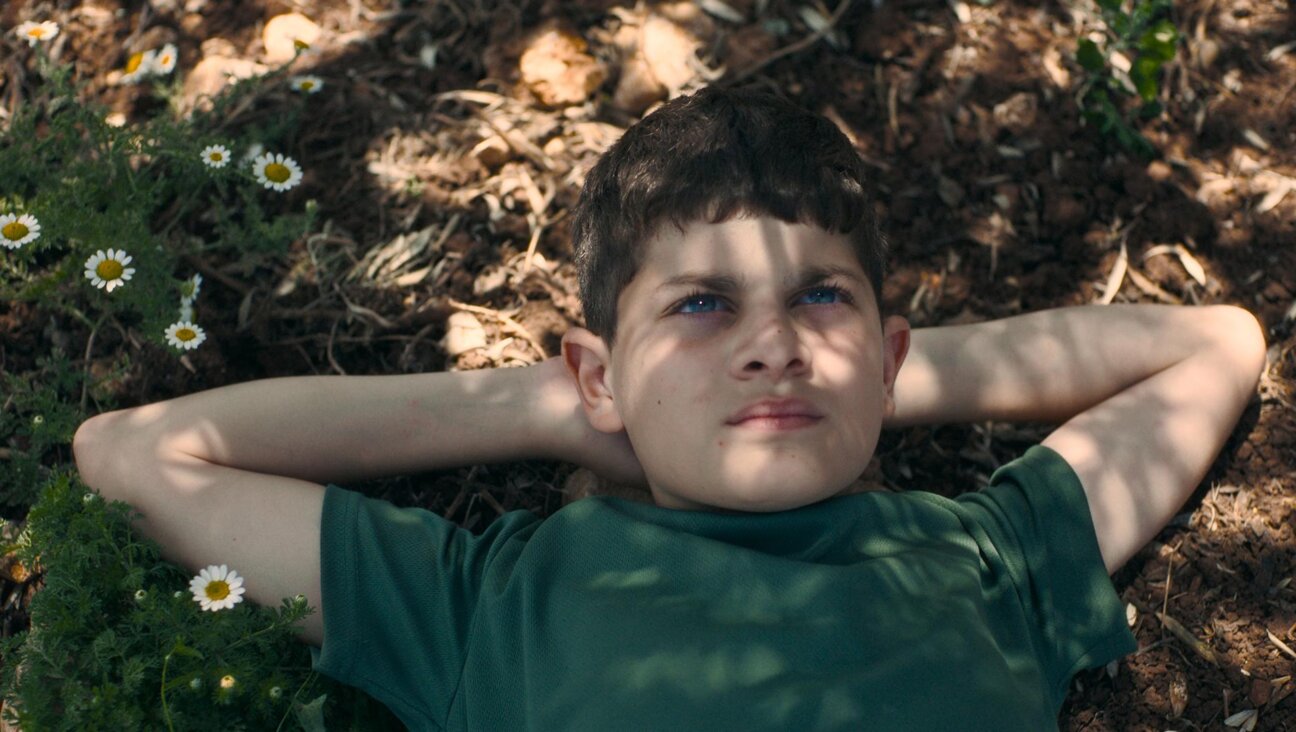For Palestinians, Grim ‘Checkpoint Q’ Is Metaphor For Israeli Occupation

Graphic by Angelie Zaslavsky
To one side loom towers manned by Israeli soldiers who keep watch from behind bulletproof glass. To the other stand concrete walls charred by fire bombs, pitted with bullet holes and scrawled with Palestinian graffiti. In between, barriers and steel fences block traffic or corral vehicles and pedestrians.
In much the same way Checkpoint Charlie was an infamous symbol of division between East and West Berlin in the Cold War, Qalandiya Checkpoint has become notorious for Palestinians who need to cross between the occupied West Bank and East Jerusalem, whether for work, to get to school, visit a hospital, or see relatives.
Around 26,000 Palestinians pass through Qalandiya daily, on foot, by car or by bus, Israeli authorities say. While checks are often quick, in other cases there is lengthy questioning or delays as permits and backgrounds are verified. Queues form at the checkpoint from before dawn.
This week, a 41-year-old Palestinian, a mother of nine children, stabbed and wounded a female Israeli security officer at the crossing. The attacker was detained. Others have been shot dead. Israeli security authorities said she was depressed after quarreling with her husband.
“She decided to commit a terrorist attack so that the security forces would shoot her because – in her words – she was fed up with her life,” they said.
Over the past two years, Palestinians have carried out a wave of stabbing attacks targeting Israelis, part of a campaign of violence against the occupation. At the same time, suicide-style attacks have become increasingly common at some checkpoints in the West Bank and along what Israelis refer to as a security fence and Palestinians call an apartheid wall.
Among the dozens of checkpoints, Qalandiya is the biggest and most notorious, handling around a third of all movements of Palestinians in and out of the West Bank each day.
A sign near Qalandiya on the Jerusalem side warns Israelis not to cross. “This road leads to Area ‘A’ under the Palestinian Authority. The entrance for Israeli citizens is forbidden, dangerous to your lives and is against the Israeli law.”
ORCHARDS AND VINEYARDS
Named for a Palestinian village squeezed between the northeast edge of Jerusalem and the main seat of government in the West Bank, Ramallah, Qalandiya was full of orchards and vineyards in Byzantine times and the Crusades.
Now, rather than fruit and wine, it is known for the checkpoint, a sprawling zone of steel and concrete with fenced-in lanes for pedestrians. Even those used to the crossing feel tightly restricted in their movements and closely observed.
“It’s like we’re in a prison,” said Ala al-Shweiki, 30, who uses Qalandiya every morning to get to work, arriving shortly after 5 a.m. with the aim of making it through security to meet his boss on the other side at 6:30 a.m.
“If the soldiers want to close the checkpoint, no one can go or come,” he said. That happens when there is a security threat, which is frequently, leading to tailbacks on either side.
The checkpoint took shape in 2001, when Israel began building a 700-km (440-mile) barrier of concrete walls and fences to separate the West Bank from Jerusalem and Israel.
The goal, it said, was to stop suicide bombers and gunmen reaching Israeli targets during the second Palestinian uprising, or Intifada, when such attacks were common.
While a portion of the barrier follows the Green Line that demarcates the boundary that existed between Israel and the West Bank before the 1967 Middle East war, in many areas it slices through Palestinian villages, especially around Jerusalem.
Israel has occupied the entire area since the 1967 war, and later annexed Arab East Jerusalem, with neither move recognized internationally. The Palestinians want all of the West Bank and Gaza for their own state, with its capital in East Jerusalem.
In apparent recognition of Palestinian frustrations with Qalandiya, the Israeli authorities announced plans this month to spend $11 million upgrading the crossing, especially pedestrian channels, saying the aim was to improve “the quality of life.”
Machsom Watch, an Israeli NGO, said an upgrade was just one step. It has monitored Qalandiya for 16 years and often expresses outrage at the treatment of people passing through it.
“It’s a major hazard in the lives of the Palestinians,” said Hana Barag, one of the group’s all-female volunteers.
On the Palestinian side of the crossing, pot-holed roads abound, trash piles up in abandoned corners and young men hawk cheap clothing to the cars and trucks pushing to get to the front of the queue, spewing petrol fumes.
Fadi Saker, 37, has sold fruit and snacks from a cart on the Palestinian side since 2004. He leaves when there is violence or a conflict between stone-throwing protesters and authorities retaliating with tear gas, but quickly returns to ply his trade.
Sara Jasser, 25, a Jerusalem resident who crosses to study law at Bir Zeit University in the West Bank, said she didn’t think upgrades would make a difference to how much she loathes crossing through Qalandiya.
“Nothing’s ever easy,” she said.—Reuters

